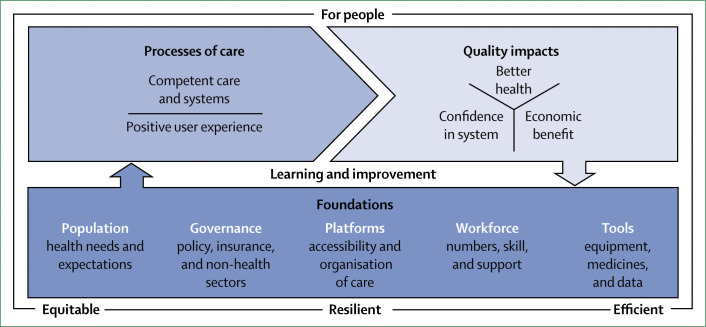## The Science We Don’t See: A Hidden World of Influence and Distortion
We trust science. We rely on it to guide our health, inform our decisions, and shape our understanding of the world. But what if the very way science is communicated to us is flawed? What if the stories we hear, the data we see, are carefully curated, manipulated, or even outright fabricated?

Implications for Science Communication

According to the study, sharing failures can have a significant impact on perceptions of scientists and public support for science. The researchers found that scientists who shared their failures were seen as more caring, honest, and open, but no less competent, than those who only shared their successes. This is because people identify more with the scientist when they share their failure, which boosts perceptions of their warmth and openness.

Practical Applications
For scientists, this study provides valuable tips on how to improve their communication skills. By sharing their failures, scientists can humanize themselves and counteract negative stereotypes. This can be achieved by making a post explaining a failed experiment and what was learned from it. This approach can help to build trust and increase public support for science.
Moreover, the study highlights the importance of transparency in science communication. By sharing their failures, scientists can demonstrate their commitment to transparency and accountability, which is essential for building trust with the public.

Analysis and Critique
While the study provides valuable insights, it is essential to examine its limitations. For instance, the study only focused on fictional scientists and may not be generalizable to real-world situations. Additionally, the study did not explore the impact of sharing failures on more politically sensitive topics, such as vaccines or climate change, where the response may be different.
Furthermore, the study’s methods can be critiqued. The use of X (formerly Twitter) threads may not be representative of real-world science communication, and the sample size may be too small to be generalizable to the larger population.

Future Directions
The study’s findings provide a potential avenue for future research. For instance, researchers can investigate the impact of sharing failures on public trust and support for science in different contexts and cultures. Additionally, the study’s findings can be applied to other fields, such as business or education, where transparency and accountability are essential.
The study’s results also highlight the importance of continued study in this area. As science communication continues to evolve, it is essential to understand the most effective strategies for building trust and increasing public support for science. By examining the implications of this study, researchers can develop more effective communication strategies and improve public perceptions of science.
Conclusion

As we conclude our exposé on the shocking truth about science communication, it’s imperative to recap the key takeaways that have far-reaching implications. We’ve delved into the sinister forces driving the distortion of scientific facts, the insidious influence of corporate interests, and the erosion of trust in the scientific community. The evidence is clear: the dissemination of scientific information has been hijacked, and the consequences are dire.

